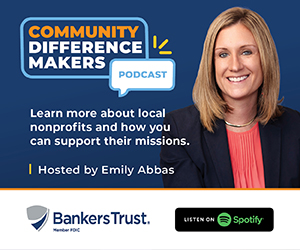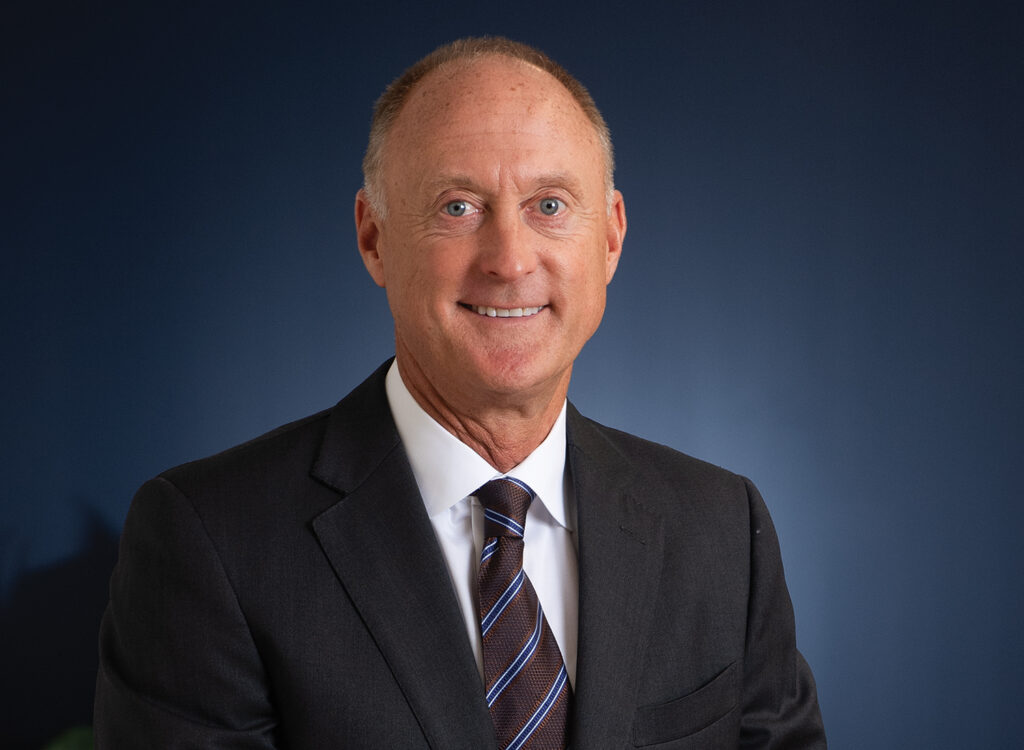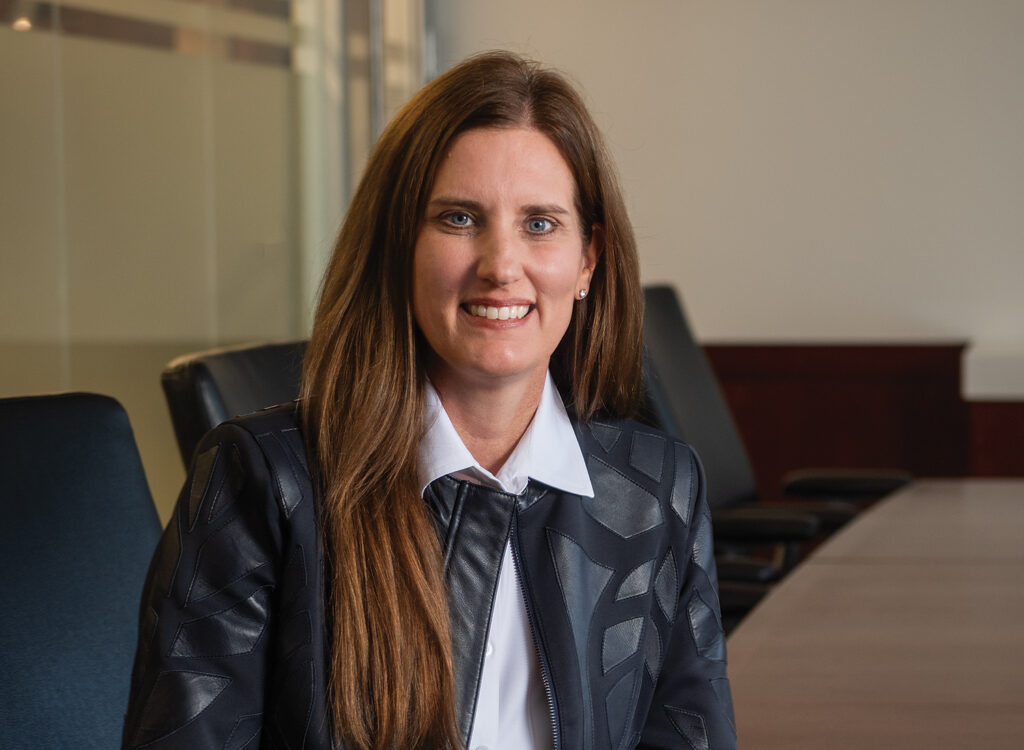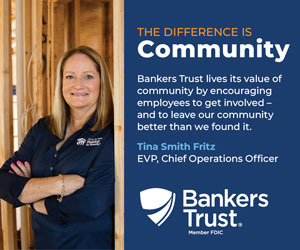Adding some ‘PEP’ to multiemployer retirement plans
Pooled employer plans beginning to catch on with Iowa advisers, companies

JOE GARDYASZ Sep 8, 2021 | 1:50 pm
7 min read time
1,675 wordsBusiness Record Insider, HR and Leadership
As a former military pilot, financial adviser Brian Thompson is accustomed to viewing the landscape from a 30,000-foot level. Now, he’s providing small-business clients in Iowa with a big-picture view of a new approach to retirement savings plans that could help more small businesses guide their employees to a smooth financial landing when they retire.
Thompson, who for years flew KC-135 Stratotankers for the Iowa Air National Guard, has balanced aerial missions over places like Afghanistan and Iraq with working for a financial advisory firm in Des Moines since 2006. In 2015 he launched his own financial advisory firm, Rockway Wealth Partners, and began working with retirement plans for small businesses.
“I just really liked [retirement plans] from the start; they kind of appealed to my military background,” he said. “It’s an important job, but it takes working together with other specialists and teammates to accomplish bigger things — like a retirement plan for a business.”
According to the Bureau of Labor Statistics, 53% of private companies with fewer than 100 employees offer a retirement plan as of March 2020, compared with 83% of firms with more than 100 employees having a retirement plan. The difficulty of administering a plan as well as the cost are some of the biggest barriers for smaller businesses, experts say.
Thompson has studied the nuances of the new pooled employer plan structure, an option that became available on Jan. 1 as a provision of the SECURE (Setting Every Community Up for Retirement Security) Act. While the act laid out a number of provisions to help Americans individually save more for retirement, it also added to the options that companies — particularly small businesses — can offer their employees.
“It’s very attractive to them if they can join a plan and outsource a lot of the administrative burden that comes with it,” Thompson said. Having met with a number of small employers in Central Iowa to answer questions about the plans, he’s found that reducing the administrative burden is probably even a bigger deal for most small business owners than the cost savings that accompany it.
“It’s pretty clear to me that the administrative outsourcing is more beneficial than the cost savings initially for the small employers,” he said. “Most of it is getting the liability and fiduciary responsibility off their plate.”
The SECURE Act also provides a $5,000 tax credit to small businesses that establish a retirement plan, including PEPs, as a move to address a common hurdle that startup plans face. Unlike established businesses, small businesses or startups often do not have a lot of discretionary cash flow to pay the necessary costs to get the plan up and running. The annual tax credit covers up to $5,000 of plan costs for the first three years when an employer offers a workplace retirement plan.
Among the organizations that Thompson has worked with in establishing the new plan option is the Urbandale Chamber of Commerce, which had made multiple employer plans available for its member businesses. It’s an admittedly slow sales process that can easily take six to eight months, Thompson said. Though no companies have yet pulled the trigger on a PEP through Thompson, there are a few that may soon, he said.
Another organization that is starting a group retirement plan is the Home Builders Association of Iowa. “That one is starting out as a traditional multiple employer plan, but I could see that one in a year or two turning into a ‘group of plans’ structure,” Thompson said. Also, the Iowa Economic Development Authority has expressed interest in seeing how group retirement plans for organizations could benefit more workers in the state.
Nationally, a significant number of small businesses are open to considering pooled employer plans, according to a survey conducted earlier this year by Mercer. The poll of retirement plan sponsors revealed that close to 20% of mid-to-large-size organizations are open to joining a pooled plan, and another 40% would like to explore pooled plans, as well as other ways to delegate investment and administrative fiduciary roles when market conditions improve.
A number of large retirement plan administrators, among them Principal Financial Group, have opted to become a pooled plan provider — a key role in taking on the fiduciary responsibility for these pooled plans.
Jerry Patterson, senior vice president of Retirement and Income Solutions with Principal, categorized the present market for pooled employer plans as “experiencing meaningful amounts of interest, and modest adoption.”
In November 2020, the company launched Principal EASE, a pooled employer plan, to provide plan administration, customer service and investment management capabilities as the pooled plan provider and record-keeper. Principal is offering the PEP in partnership with National Benefit Services LLC as the third-party administrator and Wilshire as the investment fiduciary.
“I believe the pandemic has definitely slowed down the education process,” Patterson said, although enrollment in the new PEPs in the past couple of months has picked up some 90%.
“So we’re definitely seeing interest picking up and our pipeline growing,” he said. “We’re seeing interest from both new-plan formation companies as well as existing plans. Seventy percent of the plans we have written are startups — so it’s the first time they’re offering a 401(k) plan, and about 30% are plans that are moving from a traditional structure to a multiemployer structure.”
Patterson said he and his colleagues were surprised by how much interest has come from existing plans, and even large plans, given that PEPs were really targeted at accelerating the formation of new plans. “But there are plenty of existing plans that like the idea of reducing their administrative burden and reducing risk,” he said.
In response to that interest, Principal in June announced an expansion of its PEP offering to larger companies, labeled the Praetorian PEP, through a partnership with Kansas City-based Lockton Cos. Inc., which markets itself as the world’s largest privately owned independent insurance brokerage. Lockton serves as the independent investment fiduciary for the PEP, responsible for crafting and monitoring its investment lineup.
“Large employers probably understand better than smaller employees the fiduciary risk and obligation they have,” Patterson said, “and they find that risk-reduction feature of a pooled employer plan is pretty darn attractive. They also expect efficiencies when you pool plans together.”
Trade-offs
On the financial adviser side of the business, just over one-quarter of registered investment advisers nationally said they have decided to serve the PEP market in some fashion, according to a recent report published by industry consulting group Cerulli Associates. In that same survey, slightly more than half of RIAs with significant retirement plan business said they remain undecided whether to offer PEPs. Very few are committed to acting as the pooled plan provider.
At Rockway Wealth Partners, Thompson said that in addition to providing consultation on PEPs, he has considered setting up his own PEP that clients could join as a service to those wanting to offer a retirement plan. However, like many advisers, he’s also being cautious and waiting on further guidance before deciding which structure he should use. Another option to the PEP, known as the “group of plans” structure, will be introduced next year, he noted.
“I don’t want to rush into it and then try to recruit new business into it, and then change the structure in a year or two,” he said. “I’d rather just be patient and wait and see how it shakes out.”
PEPs reduce flexibility in retirement plan design to some extent, Thompson said. “What companies give up a lot of times in joining a group retirement plan arrangement is greater detail in the customization of the plan for their organization,” he said. “The efficiencies come from making the plans a little more simplified in their structure. But employers still get to choose their match [percentage], whether they want to do profit-sharing, and when employees become eligible. So the bigger-picture stuff is still flexible, but not as flexible as a company just having its own 401(k).”
Patterson said that pooled plan providers like Principal “are doing everything we can to look for ways to build some level of flexibility so that we have a structure that hits the issues that are of most concern to [employers]. We see some plan sponsors decide they’re willing to give up some level of flexibility to take advantage of the reduction in administrative burden and the reduction in risk.”
‘A great problem to have’
From Principal’s perspective, the company could comfortably handle “thousands and thousands” of employers in a pooled employer plan, Patterson said. The company currently administers close to 50,000 retirement plans.
“The large majority of those plans are small, which in our vernacular are plans with less than $3 million in retirement assets or account value,” he said. “Those are the exact plans that are the target of the pooled employer plan structure. If we had 50,000 plans in our Principal EASE structure, I think we would be as comfortable administering those plans in that structure as we are in the manner we do it today. That would be a great problem to have.”
Patterson said his company is “very encouraged” by the bipartisan support in Washington, D.C., for positive retirement savings reforms, and he believes that fiscal constraints or rising interest rates won’t cause any political about-face on the issue.
“The big driver is that leaders in Washington are abundantly aware of the current demographics and the growing pressures on traditional safety nets like Social Security and pension plans,” he said. “So we actually expect more reform, like the reform we saw in the SECURE Act, in the coming months to promote early adoption and to help us to incent employers to invest in workplace and individual retirement plans.”
As its headquarters and largest nexus of employees, Iowa is “a really important market for Principal,” Patterson added, putting on his sales hat. “We think this is a great way for small businesses in Iowa that have been contemplating adopting a retirement plan to do it now and stop waiting.”










